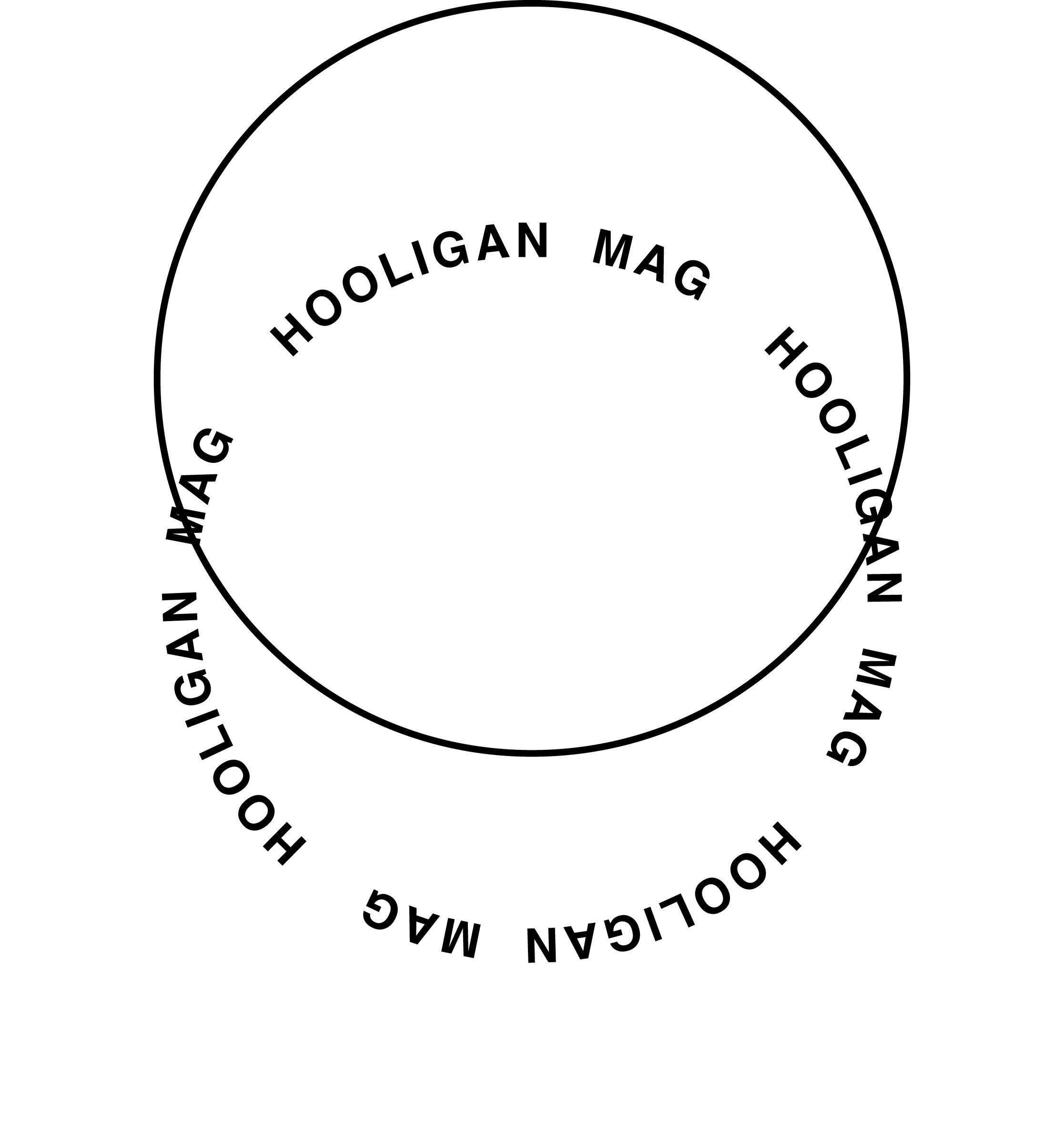Sam Kirk Celebrates Communal Art at the Brooklyn Community Pride Center
All photos by Kemi Oritsejafor
Donned in a black t-shirt, black sweats, and a classic pair of Nike foamposites, Sam Kirk works diligently on auctioning off a piece whose proceeds will go towards the continued relief the Brooklyn Community Pride Center provides to queer people throughout the borough. Since it was founded in 2008, the center has focused on work ranging from trans and gender non-conforming youth programming to elder-based community work.
Kirk first became involved with the program casually while she and her partner were living in New York and attended a meditation workshop at the center. When she interacted with the physical space, she realized it needed the same colorful character it reflected internally. Kirk explained, “The walls were white, and you could tell they had a lot of movement which was great, but it started to make the space look a little bit shabby.” This then encouraged her to paint a mural for the center in 2017. While Kirk already considered Brooklyn a second home, New York then became where her art lived, too.
I asked Kirk where the desire to create art for the Brooklyn Community Pride Center come from. She said, “It was really using our work to just give back.” Her art is meant to be both inviting and celebratory of Brooklyn’s culture and community. While the piece pays homage to Brooklyn, it also reflects the unique qualities of its occupants. She continued, “One of the things that I love the most is when I walk down the streets, people own their identity… they dress it up in their hairstyles or clothing in ways I don’t see in many other cities or even in different boroughs.”
When asked about the biggest difference between murals in Chicago and Brooklyn, Kirk reflects on the lack of physical longevity that Brooklyn art has because of how quickly the borough changes. Brooklyn is no stranger to change, however. Its spikes in rent is the basis of its gentrification, and as the borough becomes increasingly unlivable for poor black and brown residents, the cultural shifts (or lack thereof) are hard to ignore. The murals’ notability is ignored by those whose main concern is making a profit, which then leads to murals and decades of work erased and replaced with luxury apartments.
“We're also losing what our neighborhood looks like and how [they’re] represented. Within the process of gentrification, one of the things that probably bothers me the most is the people who buy property feel like they have the right to remove the work without really going out into the community to see how the work impacts [folks],” Kirk explains.
In their most honest state, murals act as a city’s heart, as it connects its infrastructure with its people. Building walls can reflect their inhabitants, whether that be in the name of artistic visibility or a desire to see one’s own reflection in their neighborhood, it remains one of the most relevant and influential aspects of urban living.
Brooklyn has historically been known as a cultural hub for murals with work notable from Bushwick to Bedstuy -- and Kirk’s work very adamantly continues to act as a beacon for those lacking in representation.



